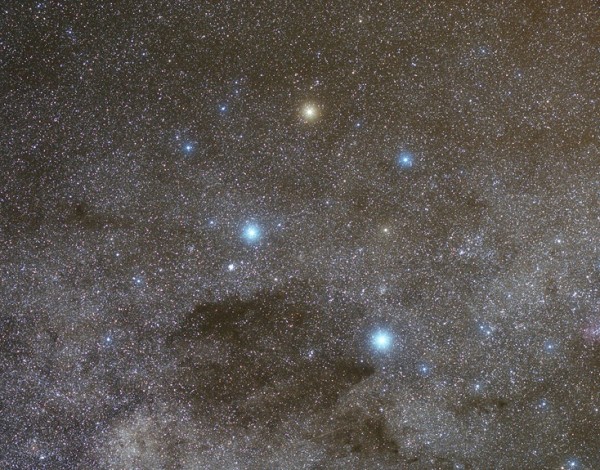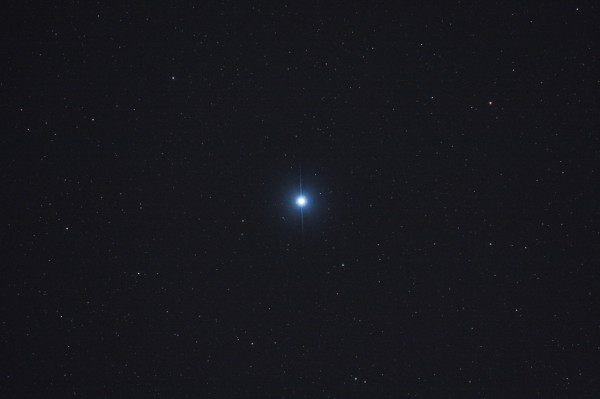“I’m hungry for knowledge. The whole thing is to learn every day, to get brighter and brighter. That’s what this world is about.” -Jay-Z
Of all the stars in the night sky, it's the brightest ones that capture our attentions the most. Prominent even under incredibly light-polluted conditions, their character, color and properties really comes out under dark conditions for all to see.
 Image credit: Yuri Beletsky, via http://apod.nasa.gov/apod/ap070517.html.
Image credit: Yuri Beletsky, via http://apod.nasa.gov/apod/ap070517.html.
Yet, when you think of the most recognizable collections of stars: the Big Dipper, Cassiopeia, the "Teapot" in Sagittarius and the Southern Cross, they might have prominent stars, but none of them crack the top 10 in terms of brightness. Who, then, are the brightest stars in the sky?
 Image credit: Team Marco Polo at http://www.teammarcopolo.com/2013/07/history-schmistory-july-17-starry-…. This is number 5; can you guess what it is?
Image credit: Team Marco Polo at http://www.teammarcopolo.com/2013/07/history-schmistory-july-17-starry-…. This is number 5; can you guess what it is?
Come see if you know all ten, and what makes them shine so bright!

Sirius isn't in that first picture. It's a southern hemisphere photo and therefore "upside down." The brightest one is one of the planets, apparently Jupiter according to the URL.
Also, if the 2 Capella stars are the same temp as the Sun, shouldn't they be considered yellow giants as opposed to red giants? And could they therefore be less evolved than Arcturus? Or is it possible they may have already evolved beyond red gianthood?
Is there a mass limit for Helium burning? I.e. below some limit the Helium core won't ignite at all? Presumably if there is one, no stars have yet evolved to the point where this has happened (or not happened)?
Just being really hemispherist (or is it hemispherical?), but can't help noticing that only in the southern hemisphere can you see all those top 10!
Actually the list is missing the absolutely brightest star visible from earth - which is the sun of course.